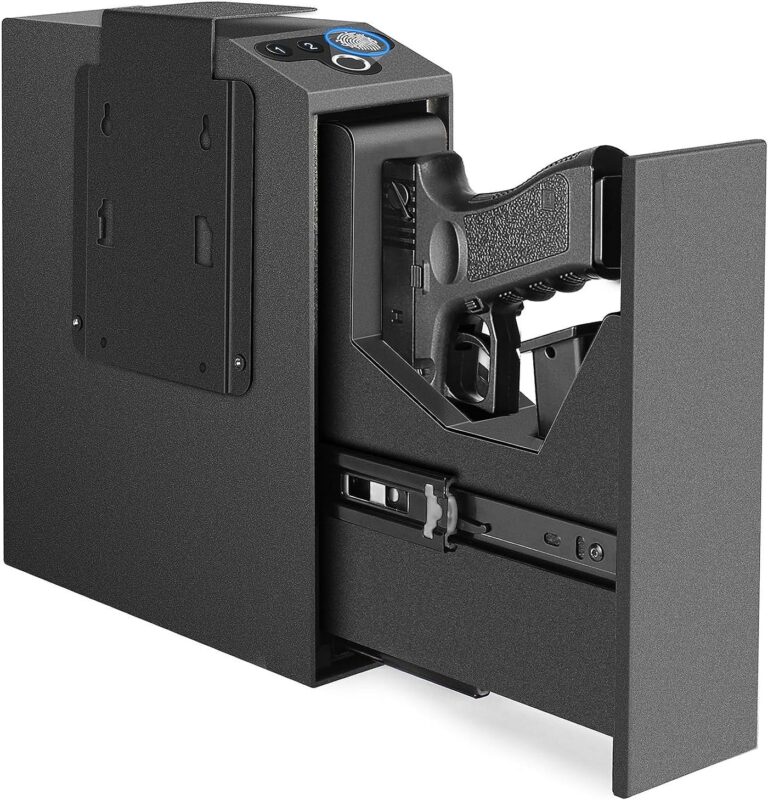Revolutionizing Patient Care: Keith Knutsson Examines the Impact of Cutting-Edge Healthcare Technology
The influence of technology on healthcare quality and cost in recent times is immense. The progression in medical technology has undoubtedly led to substantial enhancements in patient care, enabling better disease detection and more effective treatments, among other benefits.
Yet, it has also escalated expenses, creating considerable difficulties for healthcare providers and patients.
But what makes medical technology so costly? Keith Knutsson, CEO of a medical technology accelerator, believes the creation of new medical technologies frequently necessitates comprehensive research and development (R&D) and an extended approval procedure to guarantee their safety and effectiveness. These products often demand substantial investment in infrastructure, upkeep, and training for correct utilization, which can be prohibitively expensive.
Here are three revolutionizing technological advancements and shifts that are currently underway and will continue to alter the landscape of healthcare in the future profoundly.
Digital Medical Records
Digital technology has brought about a positive shift in handling patient medical records. In the past, bulky paper files had to be physically transferred between departments, often leading to lost or damaged patient charts.
Locating these records during emergencies, especially at night or over the weekend, could be lengthy. Referrals were also cumbersome, requiring doctors to send a large box filled with the patient’s medical history. Medical records were scattered among specialists, resulting in disorganized and inefficient management. However, this chaotic scenario has been transformed with the advent of electronic health records (EHR).
Utilizing Virtual Reality for Medical Education
Virtual reality technology effectively situates an individual within a computer-generated environment, akin to a practice run before facing actual scenarios. It enables medical students to engage with simulated situations and locations that mirror the ones they’re likely to experience. This allows them to enhance their skills without needing to visit hospitals or physically interact with patients.
Keith Knutsson believes augmented reality solutions offer further benefits. Students or healthcare providers can retrieve information and reports while tending to their patients without interrupting their ongoing tasks. This can be achieved hands-free, using voice commands, or automatically displaying relevant data.
Wearables and IoT
The IoT, which comprises all physical devices embedded with sensors and software that facilitate connectivity to the internet, is more common than you might think. This is mainly due to the high ownership rates of smartphones. Smartwatches, although less widespread, are still widely used. These smart devices also find significant applications in the healthcare sector.
Even inanimate objects can be ‘outfitted’ with wearables in a hospital environment. Staff can easily manage inventory and monitor the occupied-to-vacant bed ratio by simply affixing small sensors to equipment and other items.
When coupled with appropriate software, these sensors can preemptively identify equipment issues, often before humans can. Such predictive maintenance ensures potential problems are rectified before they can impact patient care or the smooth operation of the hospital. These sensors can be employed on various medical equipment, including:
- X-ray machines
- MRI
- CAT scanners
If you’re a smartwatch owner, your watch is likely programmed to track your daily step count. However, its potential for enhancing your health goes far beyond this essential feature. With the proper programming, it can also measure and monitor your heart rate, oxygen levels, blood volume and composition, and blood glucose levels. It could be a lifesaver. By accessing your family’s medical history and tracking your health data, your smartwatch can cross-reference both datasets and predict the onset of a chronic disease.
The healthcare industry has been significantly transformed by technology. It has not only streamlined internal procedures but also paved the way for robotic remote surgeries, underscoring the vital role of technology. With the advent of apps, patients can bypass long queues and schedule their medical appointments conveniently. Moreover, digital platforms enable healthcare providers to furnish clients with treatment details and test outcomes more efficiently and quickly.



